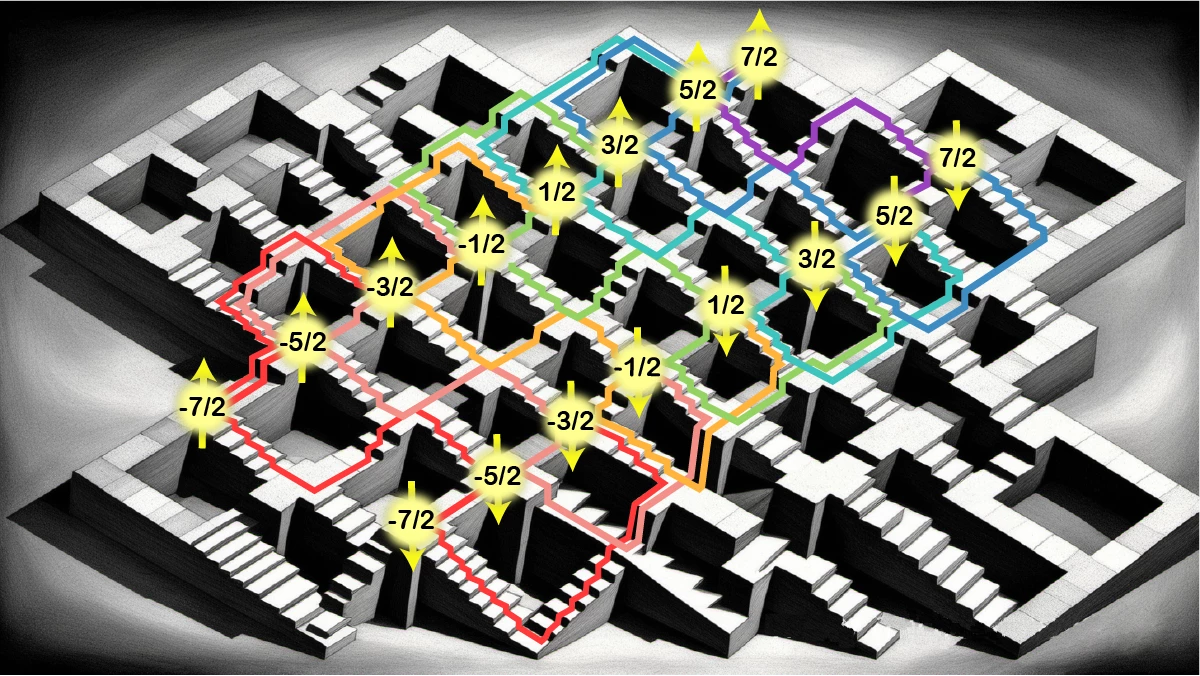You can cram much more quantum processing power into a given space if you use four different ways to store data on a single atom, according to new research. The method unlocks more powerful quantum computers that are easier to control.
Where traditional computers can process and store information as either a 0 or a 1, quantum computers can do the same plus a superposition of both at the same time. This gives them exponentially more power as you add quantum bits (qubits), allowing them to tackle problems that are simply too complex for regular machines.
The problem is, manipulating those qubits can be tricky, especially as quantum computers start using more and more of them. But now, scientists at the University of New South Wales (UNSW) Sydney have shown how data can be written to a qubit – in this case, a single atom – in four different ways, depending on what’s needed each time.
The atom in question is of an element called antimony, which can be implanted into a silicon chip where it replaces one of the silicon atoms. This heavy atom was chosen for the job because its nucleus already contains eight separate quantum states that can be used to encode quantum data. Plus, it has an electron that itself has two quantum states, which doubles the total on offer in the antimony atom to 16 (each of the original eight, paired in turn with each of the electron’s two). If you were going to use other materials to create a quantum computer with 16 states, you’d need four qubits coupled together.
But the real breakthrough of the study was in how the team was able to manipulate the data on the atom, using four different methods. The electron could be controlled with an oscillating magnetic field. A magnetic resonance method, like that used in MRI machines, could manipulate the spin of the atom’s nucleus. An electric field could also be used to control the nucleus. And finally, a technique called “flip-flop qubits” allowed the nucleus and electron to be controlled in opposition to each other, with the help of an electric field.
The team says that this study will help make quantum computers “denser,” cramming more qubits into a smaller space.
“We are investing in a technology that is harder, slower, but for very good reasons, one of them being the extreme density of information that it'll be able to handle,” says Professor Andrea Morello, lead author of the study. “It's all very well to have 25 million atoms in a square millimeter, but you have to control them one by one. Having the flexibility to do it with magnetic fields, or electric fields, or any combination of them, will give us lots of options to play with when scaling up the system.”
Next up, the team plans to use these atoms to encode logical qubits, which could eventually pave the way for more practical quantum computers.
The research was published in the journal Nature Communications.
Source: UNSW




